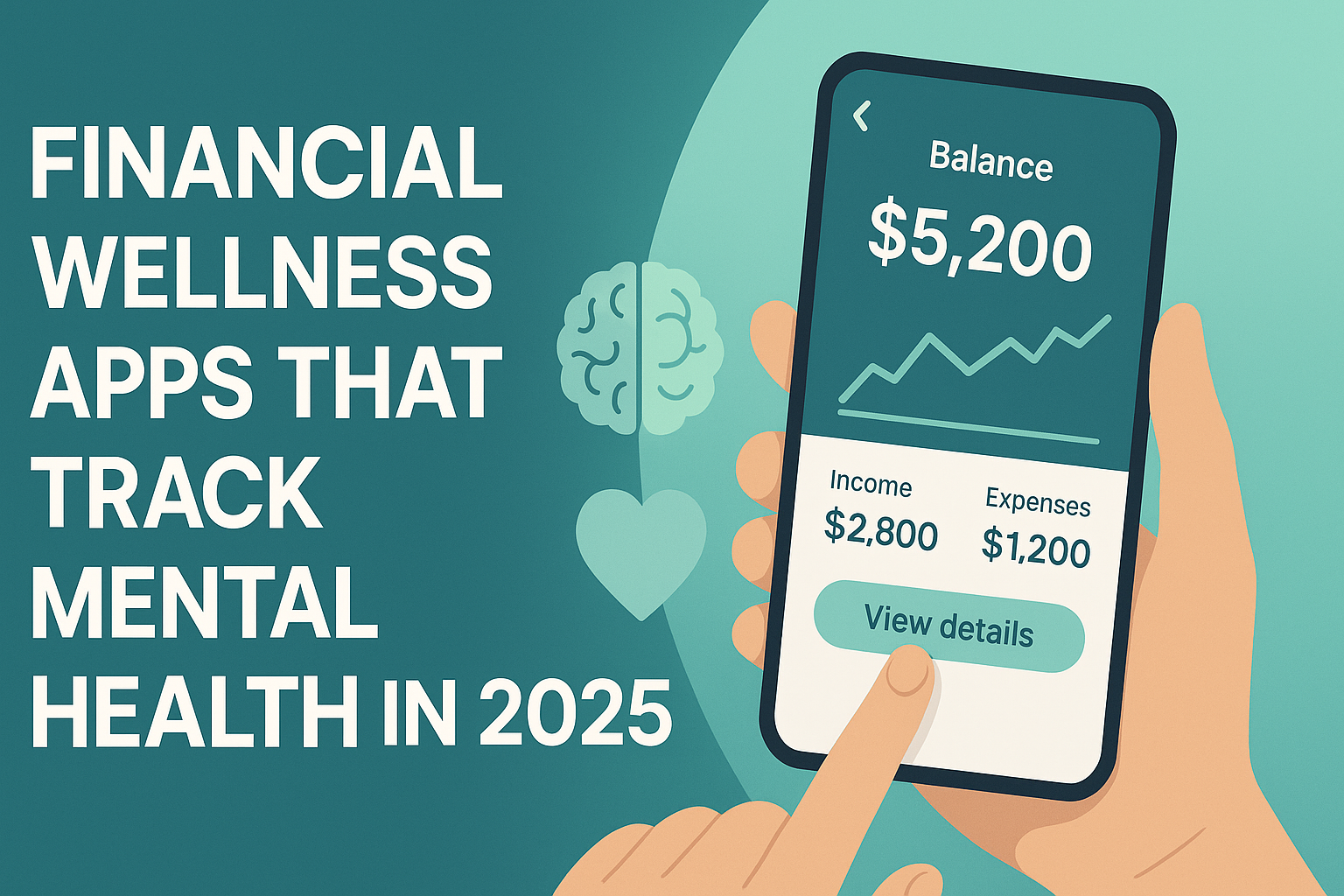A new era of digital payments is emerging — and traditional giants must adapt or risk falling behind
Stablecoins, once considered a niche financial innovation, are rapidly gaining traction as a serious alternative to traditional payment systems. Their impact has grown so pronounced that even financial titans like Visa and Mastercard are feeling the ripple effects. In June 2025, both companies saw stock market turbulence following the U.S. Senate’s approval of new stablecoin legislation — a sign that the landscape is shifting.
But what does this mean for payment networks, businesses, and everyday consumers? And is this just hype, or the early stages of a true transformation in how we pay?
Background & Context: What Are Stablecoins, and Why Now?
Stablecoins are a type of cryptocurrency pegged to the value of a fiat currency, most commonly the U.S. dollar. The goal? Combine the stability of traditional money with the speed, transparency, and cost efficiency of blockchain technology.
Unlike volatile cryptocurrencies like Bitcoin, stablecoins are backed by real assets — meaning they’re better suited for daily transactions, not just speculative investing.
Recent U.S. legislation has further legitimized the asset class. Stablecoin issuers are now required to:
Maintain full reserve backing
Undergo monthly audits
Comply with anti-money laundering laws
This regulatory clarity has set the stage for broader adoption, particularly in retail and B2B payments — and traditional payment networks are on notice.
Deep-Dive Analysis
Impact on Traditional Payment Networks: Visa & Mastercard
Let’s be clear: the most immediate threat to legacy payment processors is interchange disruption.
Every time you swipe your credit card, the merchant pays a fee — often 2% to 3% of the transaction — which adds up fast. Stablecoin payments could cut those fees to near-zero by removing intermediaries.
Here’s why merchants are watching closely:
Lower Fees: Stablecoin transactions don’t rely on multiple clearing layers. This means lower costs for businesses, especially those with high-volume sales.
Faster Settlements: Credit card payments can take days to settle. Stablecoins settle in minutes or seconds, improving cash flow.
No Chargebacks: Blockchain transactions are final — a huge win for merchants who deal with fraudulent disputes.
The result? Major retailers like Amazon and Walmart are reportedly exploring their own stablecoin ecosystems or partnering with blockchain payment platforms.
For Visa and Mastercard, this shift isn’t just theoretical — it’s hitting the bottom line. Their stock prices dipped as investors recalibrated expectations around long-term dominance.

Short-Term Frictions vs. Long-Term Disruption
Will stablecoins immediately displace Visa and Mastercard? Unlikely. Here’s why:
Consumer Habits Die Hard: Credit cards offer perks like cashback and rewards. Stablecoins aren’t quite there yet.
Lending & Credit: Most stablecoin payments are based on cash equivalents, not credit — which limits their appeal in certain use cases.
Tech Gaps: Widespread stablecoin adoption would require a massive upgrade to point-of-sale systems and digital wallets.
Still, the long-term picture is more disruptive. The biggest use case might be cross-border payments, where traditional systems are slow and costly. Stablecoins could eliminate days of delays and hefty fees — a clear win for global merchants and freelancers.
Visa & Mastercard Aren’t Sitting Still
Both companies are proactively adapting:
Visa has been experimenting with USDC settlement on Ethereum, enabling select merchants to receive stablecoin payments directly.
Mastercard is piloting blockchain-based cross-border remittance services and investing in crypto security platforms.
These aren’t just PR stunts — they’re strategic plays to integrate stablecoins before competitors capture market share.
If these giants can embrace, not resist, blockchain rails, they may preserve relevance — and even open new revenue streams.
Actionable Takeaways & Key Insights
Whether you’re a consumer, investor, or business leader, this shift deserves your attention:
Businesses:
Start evaluating stablecoin-friendly payment gateways (e.g., Coinbase Commerce or BitPay)
Test stablecoin payments with early adopters and measure fee savings
Stay ahead of regulatory changes in your region
Investors:
Watch how payment companies are adapting — Visa’s blockchain strategy could present a bullish signal
Monitor crypto infrastructure stocks (e.g., Coinbase, Circle) as potential stablecoin beneficiaries
Consider diversification: a blend of legacy and emerging fintech exposure can hedge disruption risk
Consumers:
Learn how to use digital wallets that support stablecoins
Look out for early incentives — merchants may offer discounts for paying in stablecoins
Understand transaction security and always verify wallet addresses
Conclusion & Call to Action
Stablecoins are no longer on the sidelines — they’re stepping onto the global payments stage, offering speed, transparency, and cost-efficiency that traditional networks simply can’t match. Visa and Mastercard aren’t dead yet, but they’re no longer the only game in town.
As this financial evolution accelerates, the winners will be those who adapt early — whether you’re running a business, managing a portfolio, or just making smarter payment choices.
Stay tuned to The Evolving Post for more smart, actionable updates that impact your money and your future — because understanding the system is the first step to changing your financial story.
While this analysis is based on thorough research, it is for informational and educational purposes only and should not be considered financial advice.






